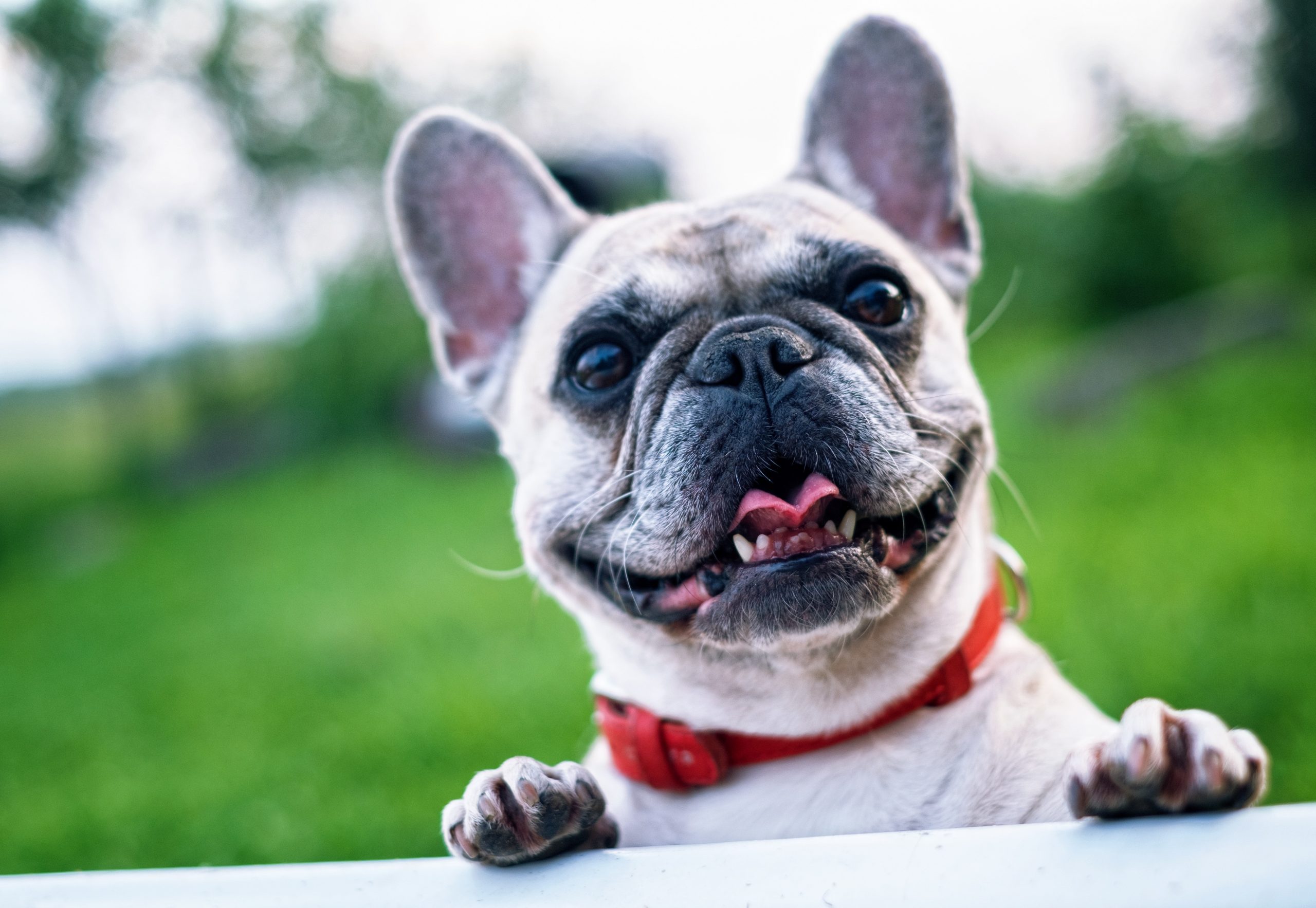Lifestyle
Much-loved dog breeds are just as likely to bite as banned ones – here’s how to stop them

Happy or snappy? A dog’s behaviour can be hard to read. (Pexels Photo)
Dogs are rarely “nice” or “nasty”. People tend to label some dog breeds as aggressive and some, such as the pit bull terrier, are often banned, yet all dogs have the potential to bite.
In fact, banned breeds are no more likely to bite than other breeds, despite a reputation for being more aggressive. There is little evidence breed-specific laws reduce biting.
Labrador retrievers, one of the most popular dog breeds in the UK often feature in lists and reports about aggressive dog breeds.. This likely because Labradors make up such a high proportion of the dog population.
But it also highlights why we should be aware of our interactions around all dogs, no matter the breed. Biting is not inevitable. Understanding the reasons why dogs bite is the key to prevention.
Humans have selectively bred dogs over thousands of years for appearance and behaviour traits.
Some dogs, such as the Cavalier King Charles spaniel, have been bred for their appearance and as a docile companion. Others dogs have been bred for an aloof and wary personality as guard dogs. While dogs of the same breed share common characteristics, there is as much variation within a breed as there is across breeds. It’s tricky to predict what a dog’s behaviour will be like based on breed alone.
However, the purpose a dog was originally bred for is a useful guide. Breeds favoured for intelligence, problem solving skills and working roles may be more sensitive.
Why do dogs bite?
When dogs bite, it is usually a last resort. It can arise from fear, pain or frustration.
Dog biting is influenced by a combination of genetics, experience and training. Sometimes dogs are intentionally trained to behave aggressively, for the handler’s status or protection. Others may have a genetic predisposition to fear and anxiety or aggression.
Human error is closely linked with dog bite incidents. We can aggravate a conflict situation when we fail to recognise what dogs are telling us through their body language and demeanour.
In most cases, the dog is known to the victim, and attacks often happen in their own garden. Children under 10 are at particular risk from dog bites. They may struggle to recognise fearful dogs or other warning signs such as mistaking a dog showing their teeth for a friendly smile.
Is biting and aggression linked?
Aggression is a normal behaviour in all animals. It is a natural response to actual or perceived threat and is part of the way an animal communicates their emotional state. Animals use aggression to manage interactions and usually leads to resolution of the threat or conflict.
Think about a dog growling if you approach their dinner bowl when they are eating. While this might not be an ideal behaviour for a family dog, it is a clear indication the dog is uncomfortable. The growl should be warning enough for you to move away.
Dogs show a range of behaviours to neutralise stressful situations, such as lip licking, averting their gaze and growling. If we ignore, misinterpret or punish warning behaviour, we risk escalation.
If your dog displays unusual behaviour such as snapping or excessive barking, seek professional veterinary and behavioural advice, especially if pain or fear is involved
How can we reduce dog bite incidents?
We have a legal obligation to manage the behaviour of dogs in our care. We expect dogs and puppies to fit seamlessly into our lives but the human world can be confusing and frightening.
It is our responsibility to help them adjust and learn skills for day-to-day life in human society. This includes behavioural self-management so our dogs can cope with the challenges they will encounter.
Negative experiences including punishment can increase a dog’s stress levels during human interactions. Instead, reward-based training supports human-dog bonds and is highly effective. This is especially important during puppy-hood.
If we want to make our interactions with dogs safer, we need greater awareness of how dogs communicate stress and fear. Educating parents to manage encounters between children and dogs is critical.
We can equip children with the skills they need to interact with new dogs and build a close relationship with pets by teaching them about basic dog behaviour. It’s particularly important to show them how they should respond if frightened by a dog, for example by standing tall, folding their arms and not running away.
Choose a dog that is suited for your lifestyle and provide activities and enrichment that complement their natural instincts. For example, if you take a dog originally bred to herd sheep into a city and fail to provide them with a suitable outlet, don’t be surprised if they try to chase and herd runners, cyclists, or cars.
Dogs and humans have a close relationship that has evolved over thousands of years. But it’s a one-sided friendship if we don’t meet their needs.![]()
Jacqueline Boyd, Senior Lecturer in Animal Science, Nottingham Trent University
This article is republished from The Conversation under a Creative Commons license. Read the original article.





















